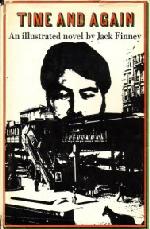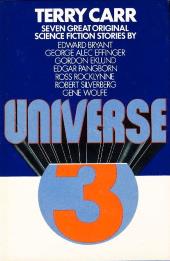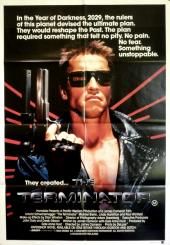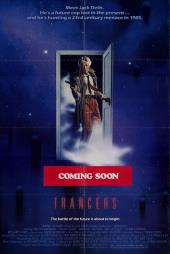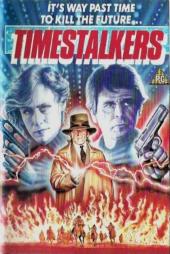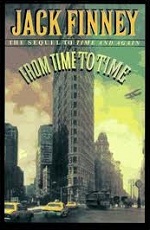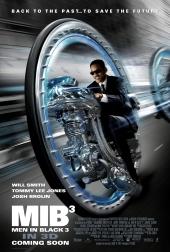Novel
Time and Again
- by Jack Finney
- (Simon and Shuster, 1970)
Si goes back to 19th century New York to solve a crime and (of course) fall in love.
This is Janet’s favorite time-travel novel, in which Finney elaborates on themes that were set in earlier stories such as “Double Take.” —Michael Main
This is Janet’s favorite time-travel novel, in which Finney elaborates on themes that were set in earlier stories such as “Double Take.” —Michael Main
There’s a project. A U.S. government project I guess you’d have to call it. Secret, naturally; as what isn’t in government these days? In my opinion, and that of a handful of others, it’s more important than all the nuclear, space-exploration, satellite, and rocket programs put together, though a hell of a lot smaller. I tell you right off that I can’t even hint what the project is about. And believe me, you’d never guess.

